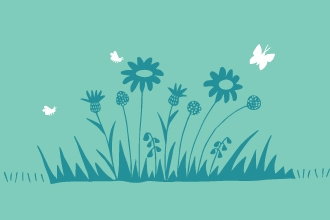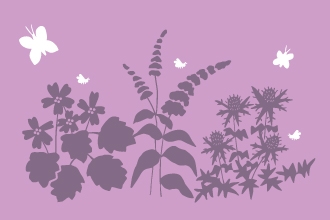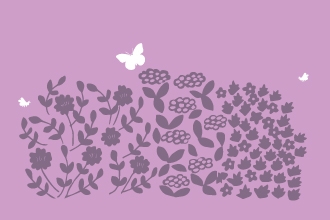Plants lie at the heart of every habitat, taking nutrients from the soil, energy from the sun and carbon dioxide from the air and then, in an everyday miracle, forging these into roots, shoots, leaves and flowers, which then provide food for all animals, including us.
The plant species reflect where they are growing. They can tell you about the history, hydrology and management of any area, and the nature of the geology beneath our feet.
As well as responding to the environment they live in plants modify it, trees cast shade and increase local humidity. Hedges on exposed fields create shelter and sunny corners where insects can warm up. On poor soils, vetches and clovers harness bacteria to fix nitrogen and when the plant dies the soil is enriched.
Nothings stays static, there is always change. BBOWT staff and volunteers strive, through management of habitats, to ensure that the right conditions are always available for our most treasured species, be they plant or animal.
The biggest challenge and opportunity faced currently is the removal of diseased ash trees. The loss of these trees will change the woodlands, opening-up the woodland floor to more flowers and grasses, and creating deadwood to be colonised by a host of fungi and insects. New trees will take their place, decisions must be made as to which species are most appropriate to encourage.
All our plants, even the most lowly, have a role to play in the complex habitats on our reserves, but to my eyes as an insect enthusiast not all plants are created equal, some punch well above their weight in providing food for insects.
Here are a few of my favourites, plants that I always check out to see which insects are feeding there.







